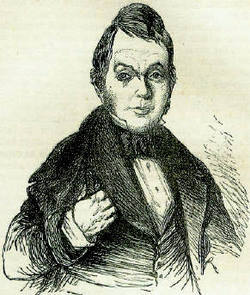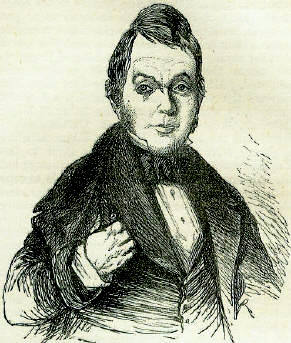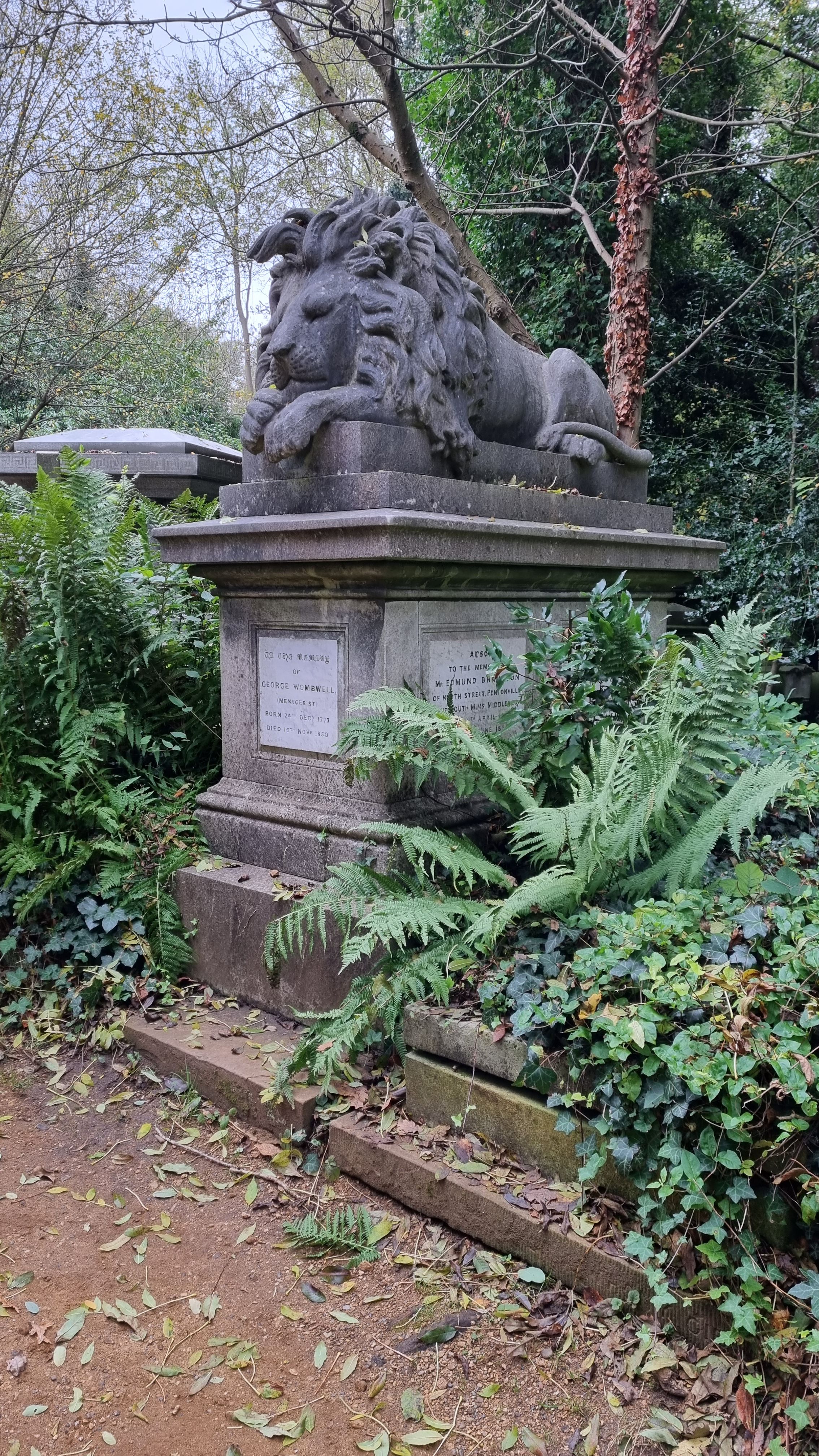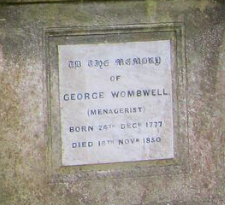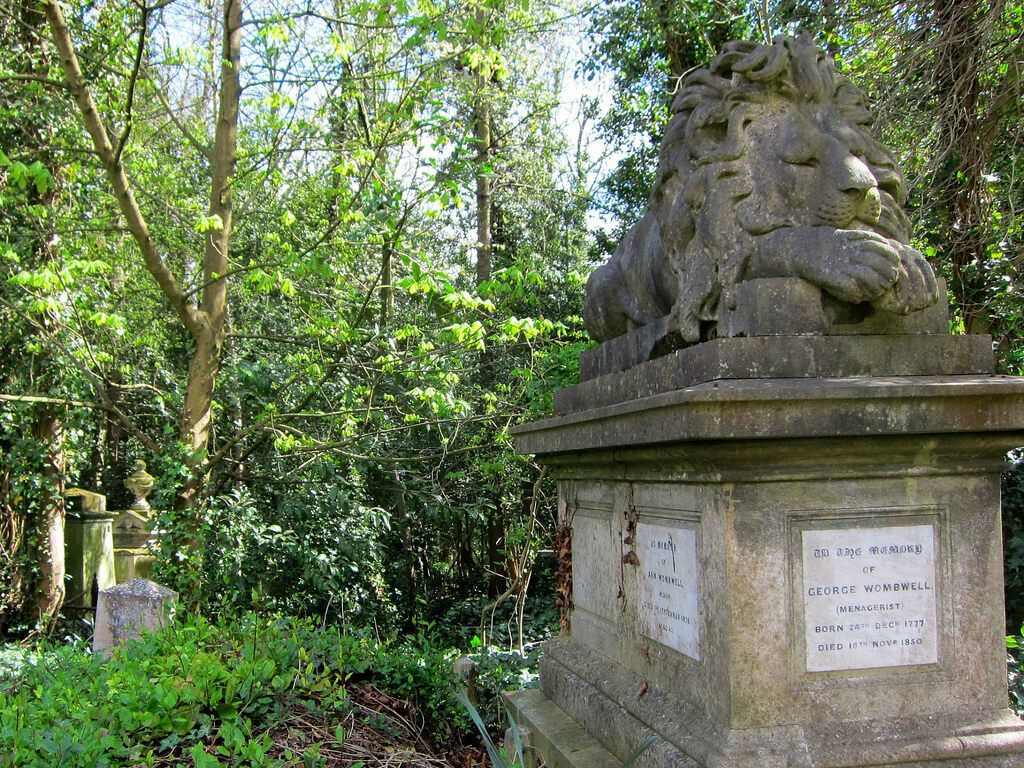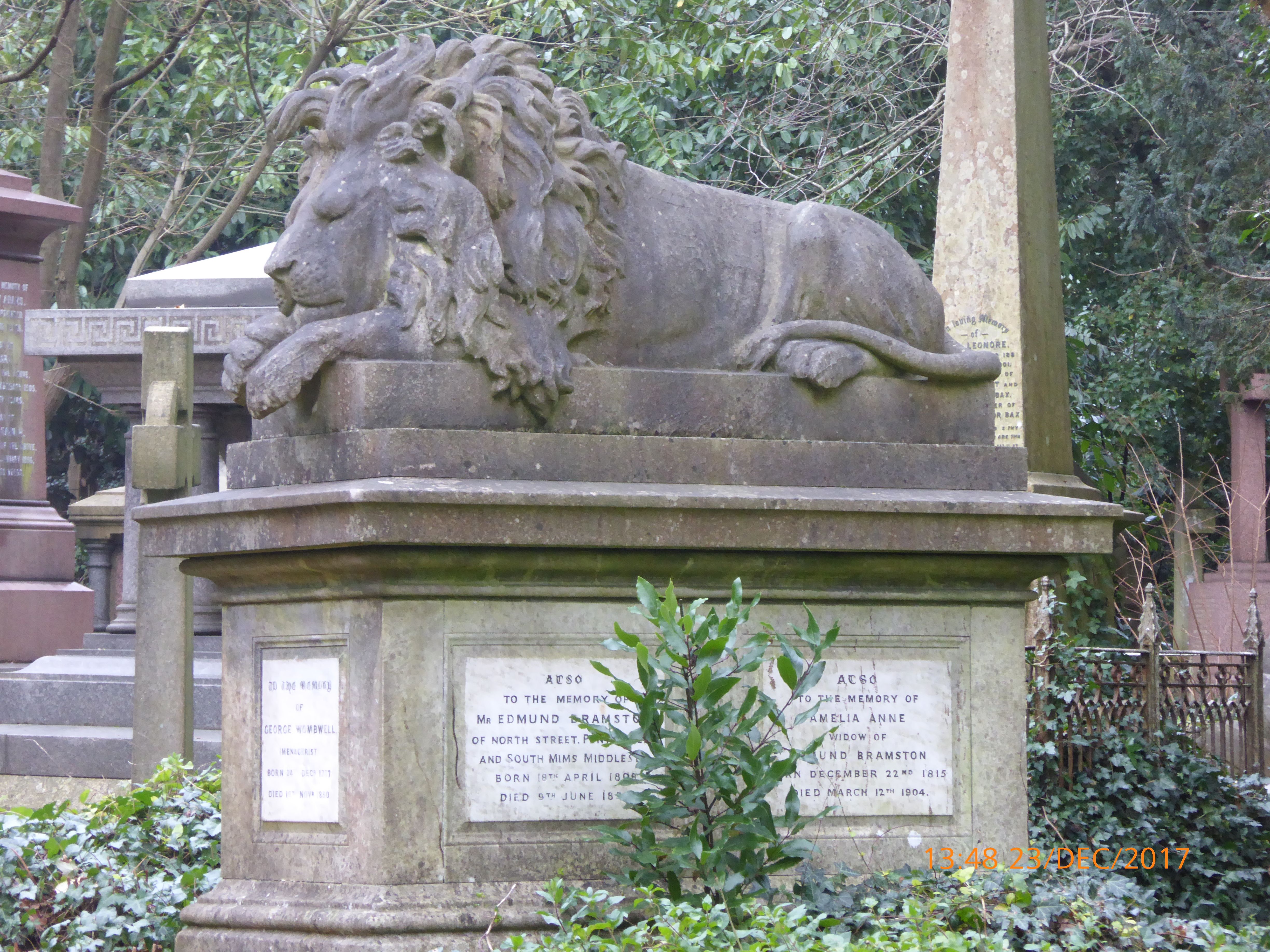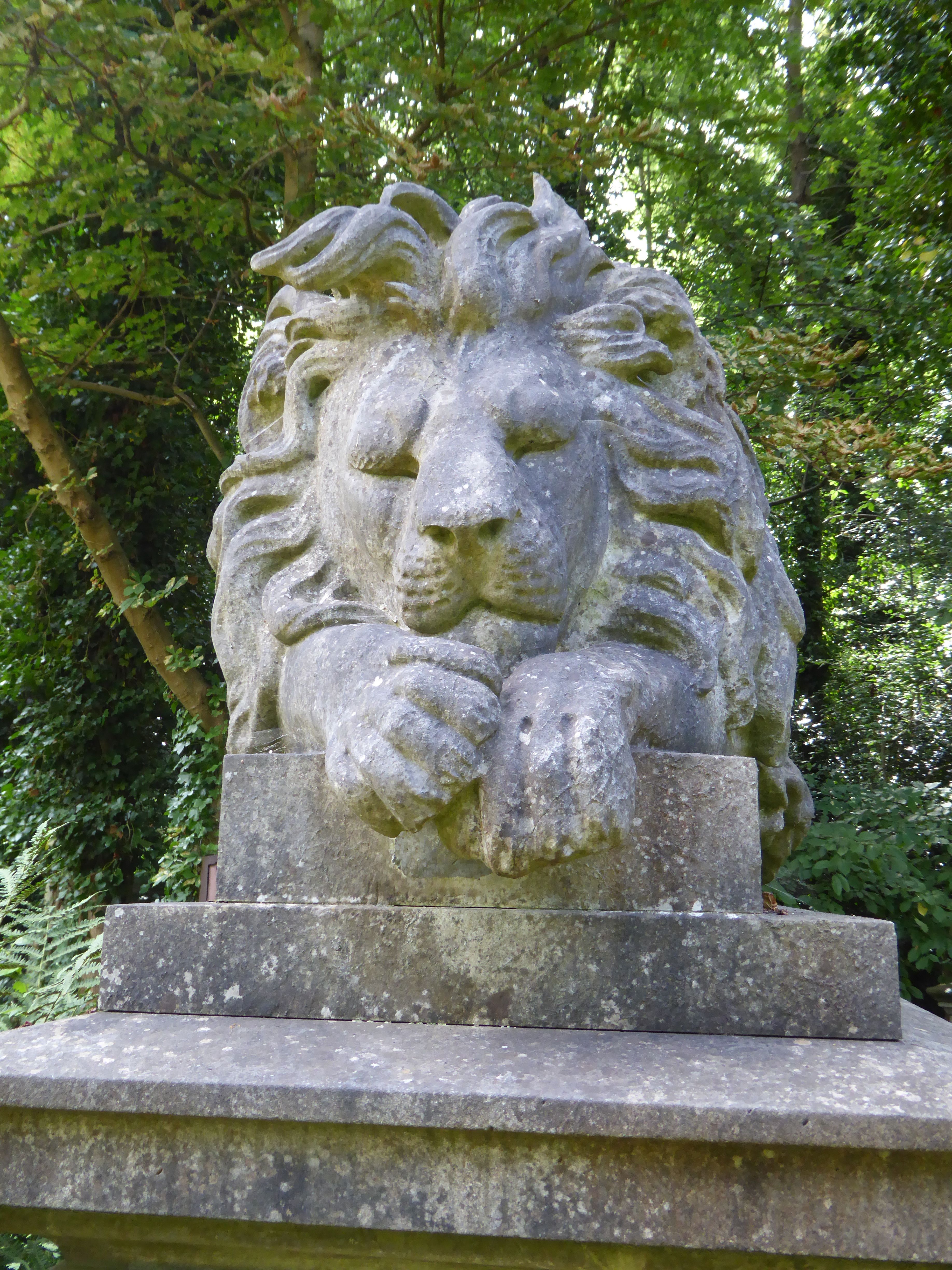He was a cobbler who had a shop in Old Compton Street, near Covent Garden in London. He purchased two boa constrictor snakes from a sailor at the docks for 70 guineas. He travelled round the inns in London with the two snakes in a box where people would pay him a penny to view the reptiles. Within three weeks he had got back his original investment.
His success encouraged him to build up what became the largest travelling menagerie in Britain. He travelled the length and breadth of the country with a variety of animals including lions, zebras and even a rhino. In the days before National Geographic and TV documentaries this was the first time most people in Victorian England had ever seen exotic animals. One less savoury part of George's show was an exhibition of lion baiting. A lion would be put in a cage and dogs would be set on it for the amusement of the local population. Unfortunately for George his lion, Nero, refused to have anything to do with this, preferring to lie around doing nothing. George therefore had to buy another lion called Wallace to do the fighting. When he died, an extremely rich man, it was a statue of Nero which was placed on his grave in Highgate Cemetery, London. The "Times" newspaper carried his obituary saying that he had made a massive contribution to the study of natural history.
He was a cobbler who had a shop in Old Compton Street, near Covent Garden in London. He purchased two boa constrictor snakes from a sailor at the docks for 70 guineas. He travelled round the inns in London with the two snakes in a box where people would pay him a penny to view the reptiles. Within three weeks he had got back his original investment.
His success encouraged him to build up what became the largest travelling menagerie in Britain. He travelled the length and breadth of the country with a variety of animals including lions, zebras and even a rhino. In the days before National Geographic and TV documentaries this was the first time most people in Victorian England had ever seen exotic animals. One less savoury part of George's show was an exhibition of lion baiting. A lion would be put in a cage and dogs would be set on it for the amusement of the local population. Unfortunately for George his lion, Nero, refused to have anything to do with this, preferring to lie around doing nothing. George therefore had to buy another lion called Wallace to do the fighting. When he died, an extremely rich man, it was a statue of Nero which was placed on his grave in Highgate Cemetery, London. The "Times" newspaper carried his obituary saying that he had made a massive contribution to the study of natural history.
Advertisement
See more Wombwell memorials in:
Explore more
Sponsored by Ancestry
Advertisement
